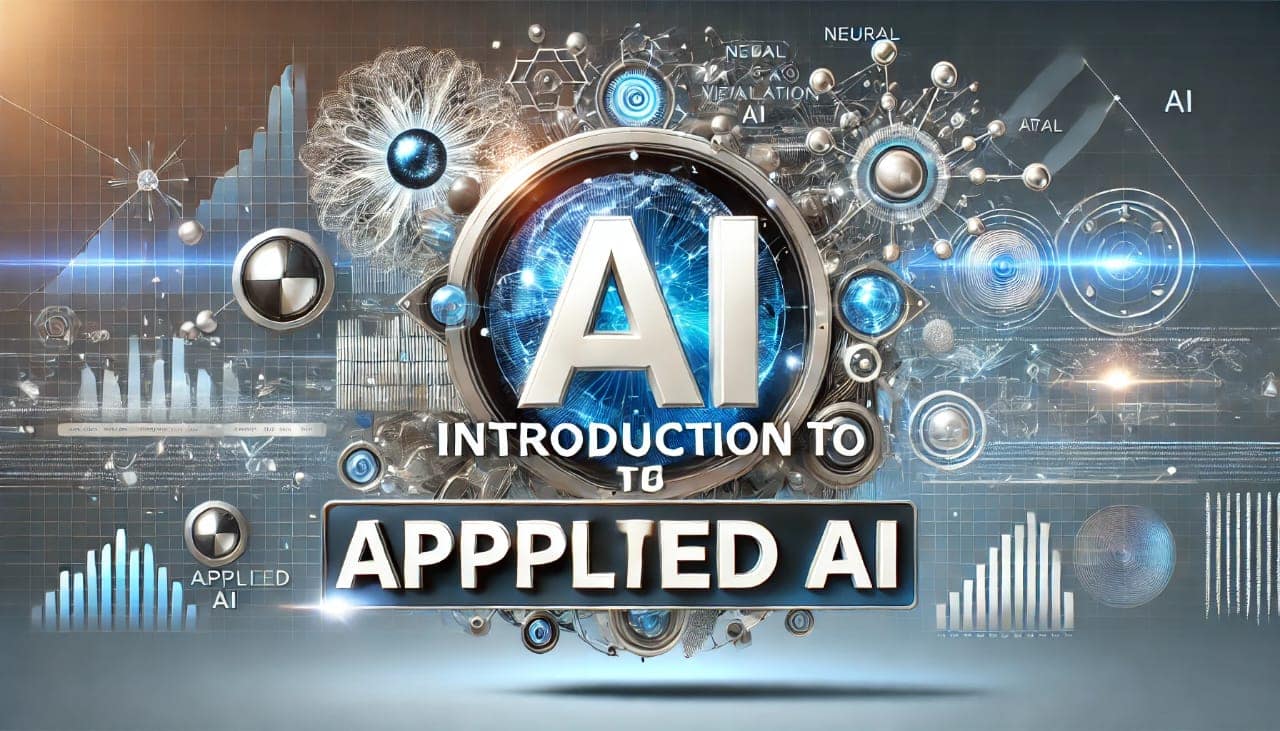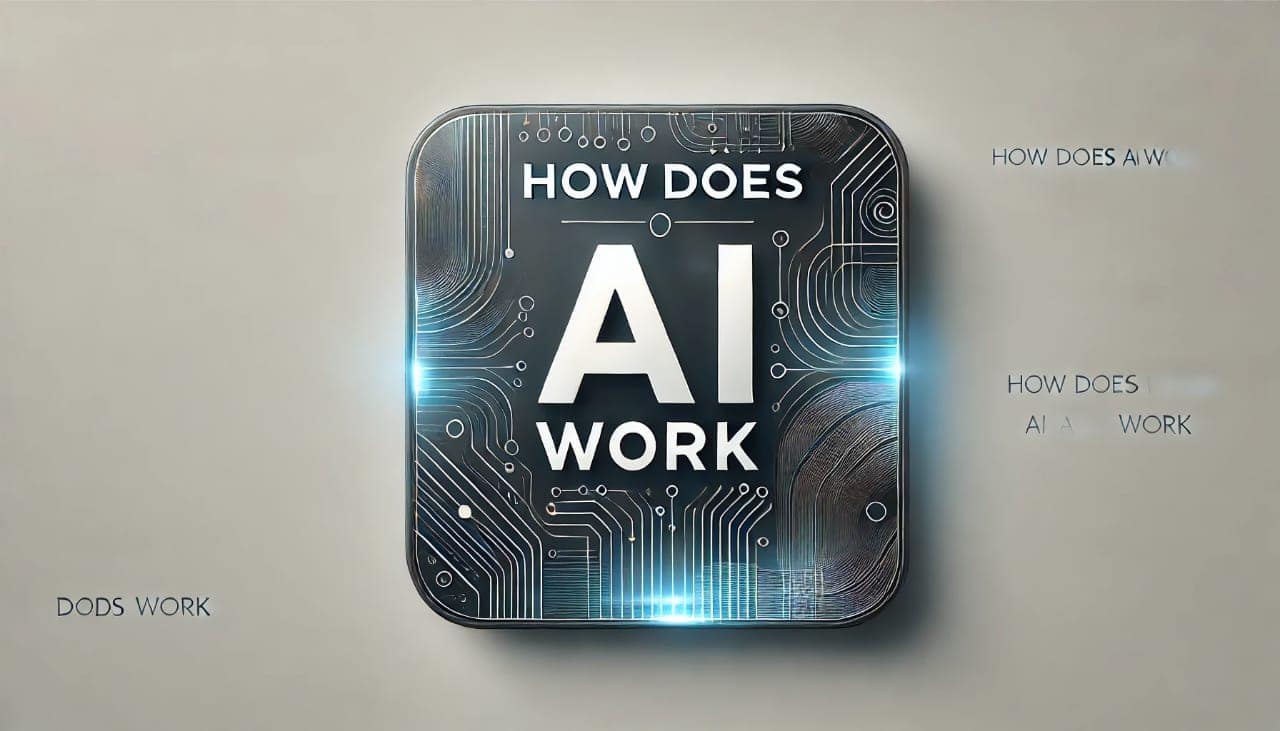
Agents in Artificial Intelligence(AI)
Agents in Artificial Intelligence(AI)
In the ever-evolving field of Artificial Intelligence (AI), agents are the cornerstone of creating systems that perceive, reason, and act autonomously. An agent in AI is a program or entity that interacts with its environment, makes decisions, and performs actions to achieve specific goals. This fundamental concept enables applications ranging from personal assistants to autonomous robots.
Download New Real Time Projects :-Click here

What is an Agent in AI?
An agent can be described as:
- Perceiving its environment through sensors.
- Acting upon the environment through actuators.
Agents operate autonomously, meaning they make decisions without direct human intervention. Every agent functions by mapping its perception of the environment (known as percepts) to actions that aim to optimize outcomes.
Key Components:
- Sensors: Tools through which the agent perceives the environment.
- For a robotic agent: cameras and infrared range finders.
- For software agents: input events like keystrokes or file contents.
- Actuators: Mechanisms through which the agent influences the environment.
- For a robot: motors and grippers.
- For a software agent: sending network packets or updating displays.
Types of AI Agents
Agents in AI are categorized based on their capabilities, intelligence, and interaction methods.
1. Simple Reflex Agents
- Operate on condition-action rules (e.g., if condition A, then action B).
- Act solely based on the current percept without storing history.
- Limitations: Ineffective in partially observable or dynamic environments, prone to infinite loops unless actions are randomized.
2. Model-Based Reflex Agents
- Maintain an internal state representing aspects of the environment.
- Handle partially observable environments by using a model of the world.
- Require knowledge of how the environment evolves and how the agent’s actions influence it.
3. Goal-Based Agents
- Operate to reduce the distance from the current state to a desired goal.
- Involve search and planning algorithms for decision-making.
- Flexible and adaptive to changes in goals or environments.
4. Utility-Based Agents
- Focus on optimizing a utility function that measures “happiness” or performance.
- Useful when multiple goals exist, and trade-offs are necessary (e.g., faster or safer routes).
5. Learning Agents
- Improve performance over time through learning.
- Components include:
- Learning Element: Enhances agent behavior based on experience.
- Critic: Evaluates agent performance.
- Performance Element: Executes actions.
- Problem Generator: Suggests exploratory actions for learning.
6. Multi-Agent Systems (MAS)
- Consist of multiple agents working collaboratively or competitively.
- Applications include smart cities, robotics, and social networks.
- Classified as:
- Homogeneous MAS: All agents are similar.
- Heterogeneous MAS: Agents differ in capabilities and behaviors.
7. Hierarchical Agents
- Organized in a hierarchy, with high-level agents setting goals for lower-level agents.
- Efficient for complex systems requiring task prioritization and coordination.
Applications of AI Agents
Agents are integral to a variety of real-world applications:
- Intelligent Personal Assistants: Siri, Alexa, and Google Assistant help users manage tasks like scheduling and messaging.
- Autonomous Robots: Robots like Roomba clean homes, while others sort goods or deliver packages.
- Gaming Agents: AI-powered players in games like chess or poker.
- Fraud Detection: Identifying fraudulent activities in financial transactions.
- Traffic Management: Optimizing traffic flow in smart cities.
Structure of an AI Agent
An agent’s structure can be summarized as:
Agent = Architecture + Agent Program
- Architecture: The hardware or platform the agent operates on (e.g., a robotic arm, a server).
- Agent Program: The software implementing the agent’s functionality, mapping percepts to actions.
Characteristics of Effective Agents
An effective AI agent should exhibit:
- Autonomy: Ability to operate without human intervention.
- Adaptability: Capability to learn and evolve.
- Interactivity: Ability to interact with the environment and other agents.
- Rationality: Selecting actions that maximize success.
The Future of AI Agents
With advancements in machine learning, natural language processing, and robotics, AI agents are becoming increasingly sophisticated. Multi-agent systems and hierarchical agents are expected to revolutionize industries like healthcare, transportation, and manufacturing.
In conclusion, agents in artificial intelligence represent a foundational concept that continues to drive innovation across disciplines. Whether it’s simplifying everyday tasks, managing complex systems, or advancing research, agents play a pivotal role in shaping the intelligent systems of tomorrow.
PHP PROJECT:- CLICK HERE
INTERVIEW QUESTION:-CLICK HERE
Complete Advance AI topics:- CLICK HERE
Complete Python Course with Advance topics:- CLICK HERE
types of agents in ai
agents in artificial intelligence agents examples
what is artificial intelligence agent
types of artificial intelligence agents
agents in artificial intelligence(AI) an agent is composed of
rational agent in ai
intelligent agent in ai
structure of agents in agents in artificial intelligence(ai)
problem solving agents in artificial intelligence
agent program in ai
agent architecture in ai
Agents in Artificial Intelligence(AI)
Agents in Artificial Intelligence(AI)types of agents in artificial intelligence ai
agents in artificial intelligence ai examples
Agents in Artificial Intelligence(AI) Examples
agents in artificial intelligence ai geeksforgeeks
Agents in Artificial Intelligence(AI)







Post Comment